November is National Novel Writing Month, most often referred to as NaNoWiMo or NaNo. I’m typing my way toward 50,000 words to create part of a novel rough draft.
Did you catch the last two words in that sentence?
ROUGH DRAFT
Much of what I’ve written will, and should, disappear during an editing phase.
As writers we sometimes believe our words are perfection when they roll off of our fingertips. I discovered last night that much of what I’ve written during NaNo is either backstory to weave into the real book, or it is information I needed to become acquainted with my characters and setting. I’d researched and plotted the story before I began writing. I want to say I planned and organized first so this is great writing. I will have half of this book ready by the time I finish, right? Absolutely wrong!
What I now see is that I started writing at the wrong point in the plot. It will be more effective and interesting if I change its organizational time frame. I won’t toss the words I’ve created during NaNoWriMo. They will become a special file in my computer. I may pull snippets if dialogue, scenes, and perhaps an entire chapter into the real novel. Those precious words are not my final draft but they certainly are not useless time and effort.
Do not make the mistake of putting your first draft out there as a completed book. It doesn’t matter how well you’ve researched, plotted, and planned. It is not ready for your readers’ eyes until you’ve carefully edited and rewritten the book. Several people who can give you unbiased feedback should also read the book before you consider publication or submission to an agent or publisher.
The rough draft pulls concepts and thoughts together. When it’s complete, start again and compile those words into the best work you can create even if it means reorganizing the entire plot. It may take several months to sort out the good from the bad and find the valuable nuggets in your first ideas. In the end, you will have a better book and be glad you didn’t settle for a rough draft that’s wrong.
Exercise:
- Step back from your words and place yourself in the reader’s position. Does your book begin at an interesting plot point?
- Would the early data about your setting, characters, and plot enhance the reader’s interest if you gradually incorporated bits and pieces of it into the book?
- Is this data the “actual” story, or historical fragments you need to toss in among the action?
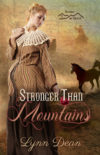
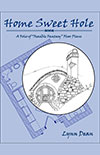

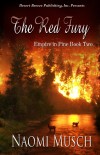
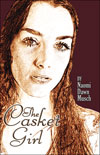
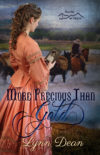
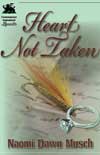
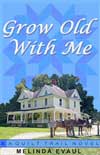
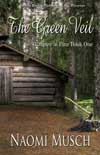

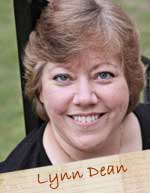

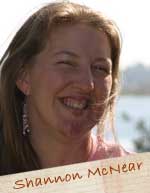
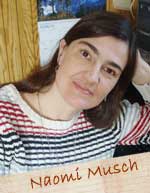


Speak Your Mind
You must be logged in to post a comment.